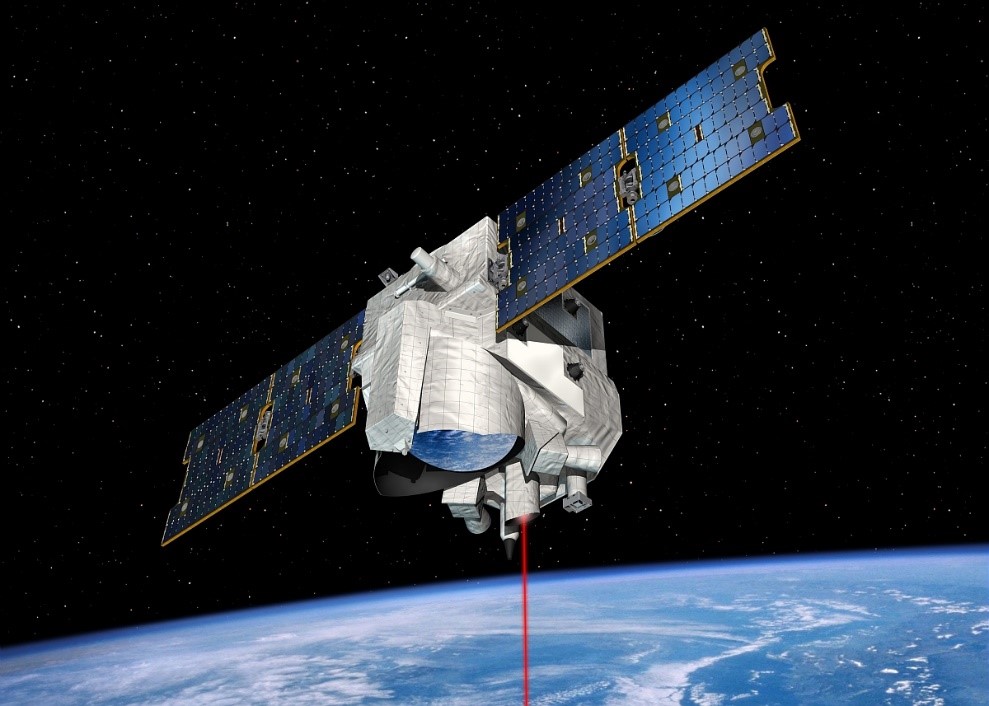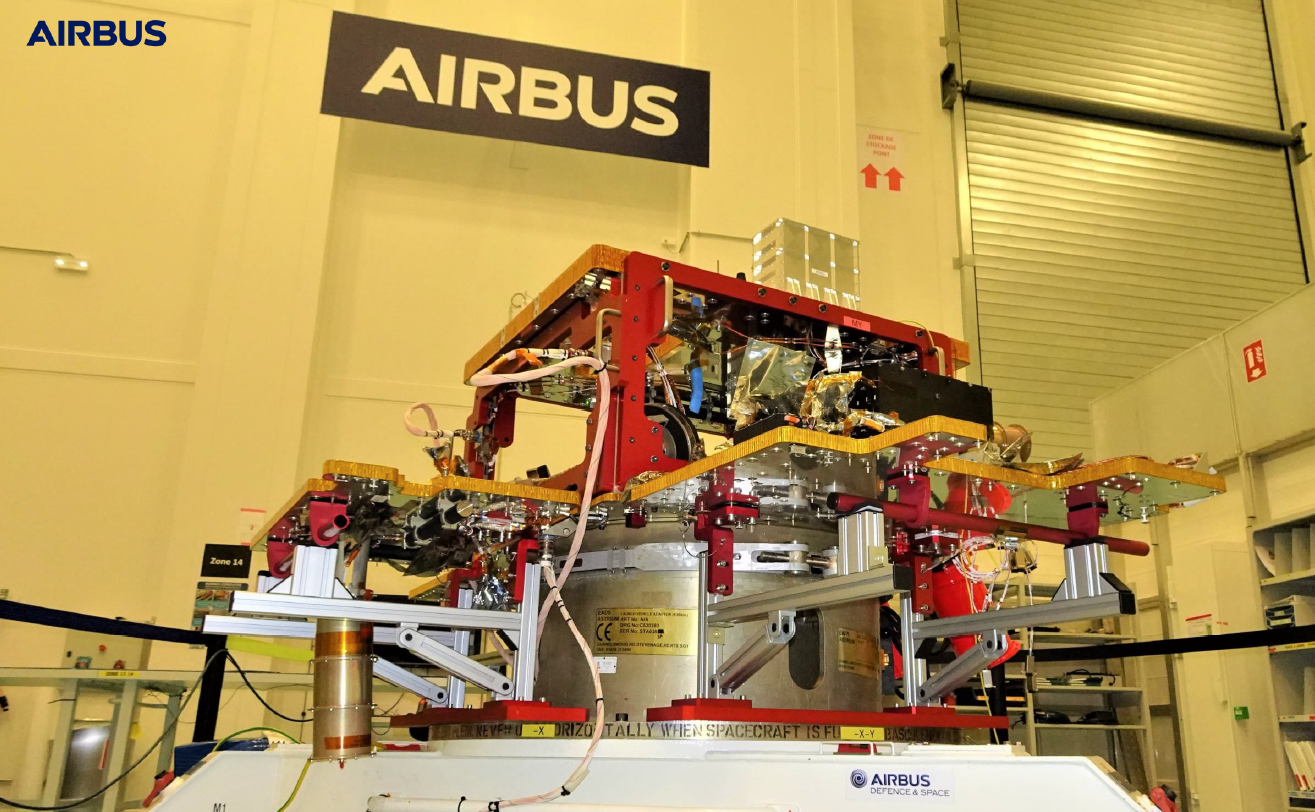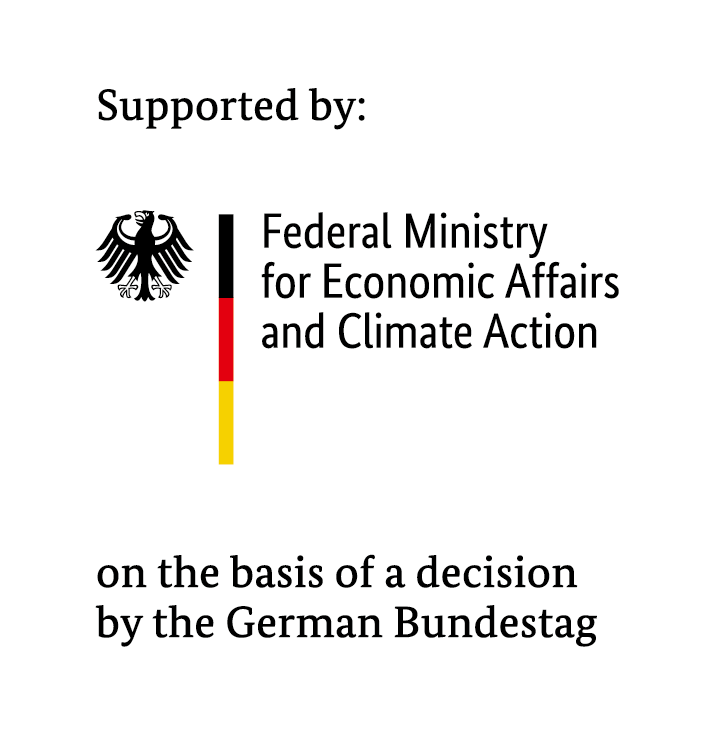MERLIN Support Office

The MERLIN satellite platform, undergoing integration since mid-2022 at Airbus Defence and Space in Toulouse, was completed in December 2023 and has entered the storage phase, pending the arrival of the German payload in 2027.
This year, the teams working on the French-German MERLIN mission to monitor methane concentration in the atmosphere reached a new milestone by completing the assembly, integration and testing of the satellite platform. Carried out by Airbus Defence and Space in Toulouse, this phase will be followed by a platform storage period. The teams will perform regular checks until the German payload is received and satellite integration begins.
Developed by CNES and the German Space Agency (DLR), the MERLIN satellite is based on the Myriade-Evolutions platform designed as part of a partnership between CNES, Thales Alenia Space and Airbus Defence and Space, using shared equipment developed under PIA (French National Investment Plan) scheme funding and adaptable to the avionics systems of each party.
Myriade-Evolutions, extension of the initial Myriade programme, was designed for satellites weighing between 350 and 400 kg. It offers greater modularity, whilst enabling larger, higher power payloads to be carried. The platform also differs from the original concept due to its more powerful propulsion system, enhanced attitude and orbit control system and increased payload data storage capacity.

Satellite platform for the Merlin mission being integrated at Airbus Defence and Space in Toulouse, © ADS/CNES/DLR, 2024
The completion of this Merlin platform integration phase formalises the functional validation of Myriade Evolutions.
Merlin is a mission developed jointly by CNES and DLR to monitor and accurately measure the sinks and sources of methane, one of the main greenhouse gases responsible for climate change. It will carry a Lidar developed by the German Space Agency. To complete its mission, this instrument will send laser shots towards the Earth to analyse the reflected signal and thus deduce the amount of methane present in the atmosphere.
As prime contractor for the system and the satellite, CNES is in charge of the control centre and the data processing centre, with a German contribution for the Level 1 data.
The mission, which is scheduled to last at least three years, with the possibility of being extended by a year or more, should be launched in 2028 at the earliest.







